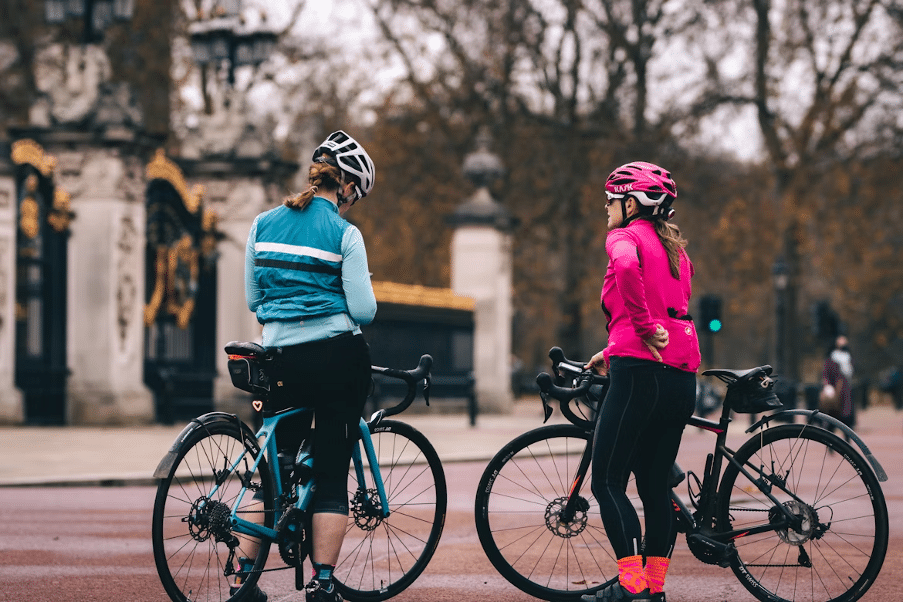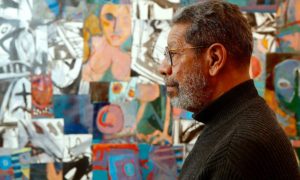Before you set ambitious goals and become one of the professional bicyclists, you should make sure your bike is the right size and comfortable for you. This means that the frame should be adjusted to suit your height, the comfort of the saddle and handlebars, and to ensure that your knees and back are not strained while pedaling.
The safety gear is also important. A helmet should be a requisite and great bib shorts (padded shorts) can save you a lot of chafing and make you more comfortable. Some credence can increase the efficiency of pedalling with the clip-pedal and shoes, but this is optional until you are confident.
Building a Solid Foundation: Routine, Training, and Community
Progress is supported by habits. Professional Olympic-level racers recommend developing a consistent training plan for life. According to Catharine Pendrel, the name of the game here is consistency. Focus on what’s doable – frequent short trips are much more effective than infrequent long ones.
Cross-training activities such as yoga or core exercises, strength work should also be included in addition to the training on the bike. The latter develops muscle stability and reduces the likelihood of injury. Practice listening to your body. Pro Rider Mari Holden says that overdoing is not a good habit – recovery days are as essential as hard days.
Connection with the community speeds up improvement. Riding with bicyclists in local group or club rides offers the benefits of making riders motivated, allowing comparisons with other riders, and learning protocols. Also, it is pleasant and easier to wake up in the morning and climb difficult hills when you are not riding alone.
Essential Skills and Habits
Here’s a checklist of core habits and skills every aspiring bicyclist pro should cultivate:
- Ride regularly, even if it’s just 2–3 times per week.
- Keep cadence high (around 90 RPM) for efficiency.
- Vary training: combine long rides, intervals, hill repeats.
- Prioritize rest and active recovery days.
- Practice pedalling technique: seated, standing, climbing.
- Fuel wisely: bring carbs and water on rides over an hour.
- Learn basic bike maintenance: fix flats, adjust brakes, chain care.
- Cross‑train: core, strength, flexibility.
- Ride in groups to learn handling and pacing.
- Track goals and reflect on progress consistently.
Leveling Up: Racing, Coaching, and Metrics
If racing is your aim, begin with local club races and U23 events, key stepping stones to bigger stages. Work with a coach or experienced mentor who can guide training structure, race tactics, and progression.
It helps to measure fitness with metrics like FTP (functional threshold power) and VO₂ max, which inform structured training. Embrace polarized training: plenty of easy miles, plus one or two high‑intensity sessions weekly.
Nutrition plays a vital role. As Red Bull’s Palzer notes, “Nutrition is super important. You burn a lot of calories. … if you want to go fast, you need food.” Train your gut to handle race‑day snacks and fuels in practice. For long rides, aim for 60–90 g carbs per hour and enough electrolytes, especially in heat.
The Modern Pro Cyclist: Skills Beyond Sprinting
The modern cyclists are able to make history not only by winning races. A potential way of pursuing a career in cycling is creating interesting material, such as videos, social accounts, branding themselves as an ambassador. Willing to sell their souls to the devil of sponsorships, affiliate links and partnerships, many professionals take a personal interest in digital activity and combine solid riding skills (though not necessarily Grand Tour winning ones) with the influence they achieve.
Do not be afraid to learn the basic biking mechanics. Pumping a tire, lubing the chain, shifting gears – these are the skills that save money and time and give a feeling of self-confidence. But ride with sense: If you have a properly fitted bike helmet, legs free of chain-grease, and even fitted kit, that was a good start.
Embracing the Journey: Mindset & Milestones
Remember that growth happens gradually. Many pros started in different sports, like Tetrick, who transitioned from tennis to running to cycling, ultimately becoming a pro. Kristen Faulkner flipped careers from finance to Olympic champion in just seven years. These stories show that determination and strategic decisions matter more than age or background.
Final Tips to Ride Like a Pro
- Stay consistent and patient. Progress is steady, not instant.
- Embrace structure, but listen to your body. Balance hard efforts with rest.
- Fuel deliberately. Practice what works in training.
- Join your local club. Group rides teach etiquette, pacing, and camaraderie.
- Learn the basics of mechanics. A little know‑how goes a long way.
- Share your journey. Social presence can elevate your profile and open doors.
- Set inspiring goals. Whether that’s finishing races, improving speed, or climbing hills, let your purpose drive you.
- Enjoy the process. Cycling is as much a journey as a destination, so relish each pedal, each sunrise, each breeze.
By focusing on comfort and fit, embracing consistent, well‑structured training, fueling wisely, learning mechanical and social‑media skills, and joining a supportive cycling community, any dedicated beginner can build a path toward professionalism. Combine ambition with patience and passion, and you’ll find that the road to becoming a pro cyclist is not only achievable, it’s a thrilling journey worth every mile.










